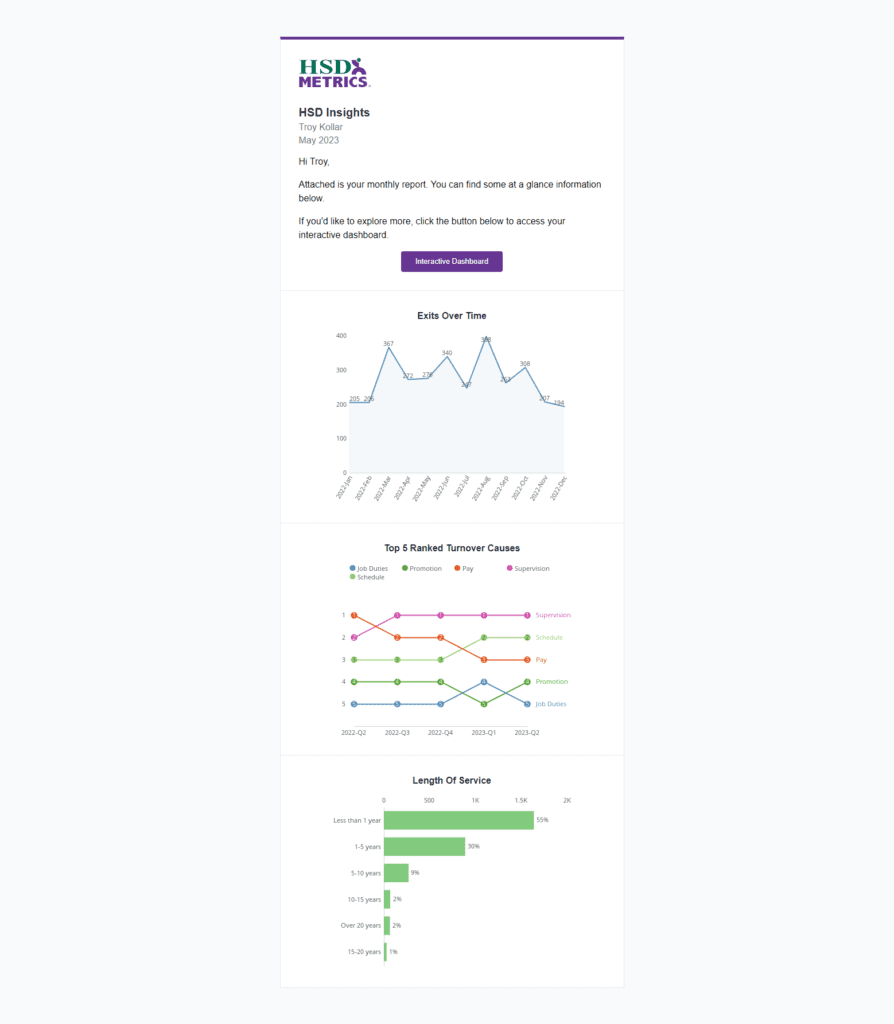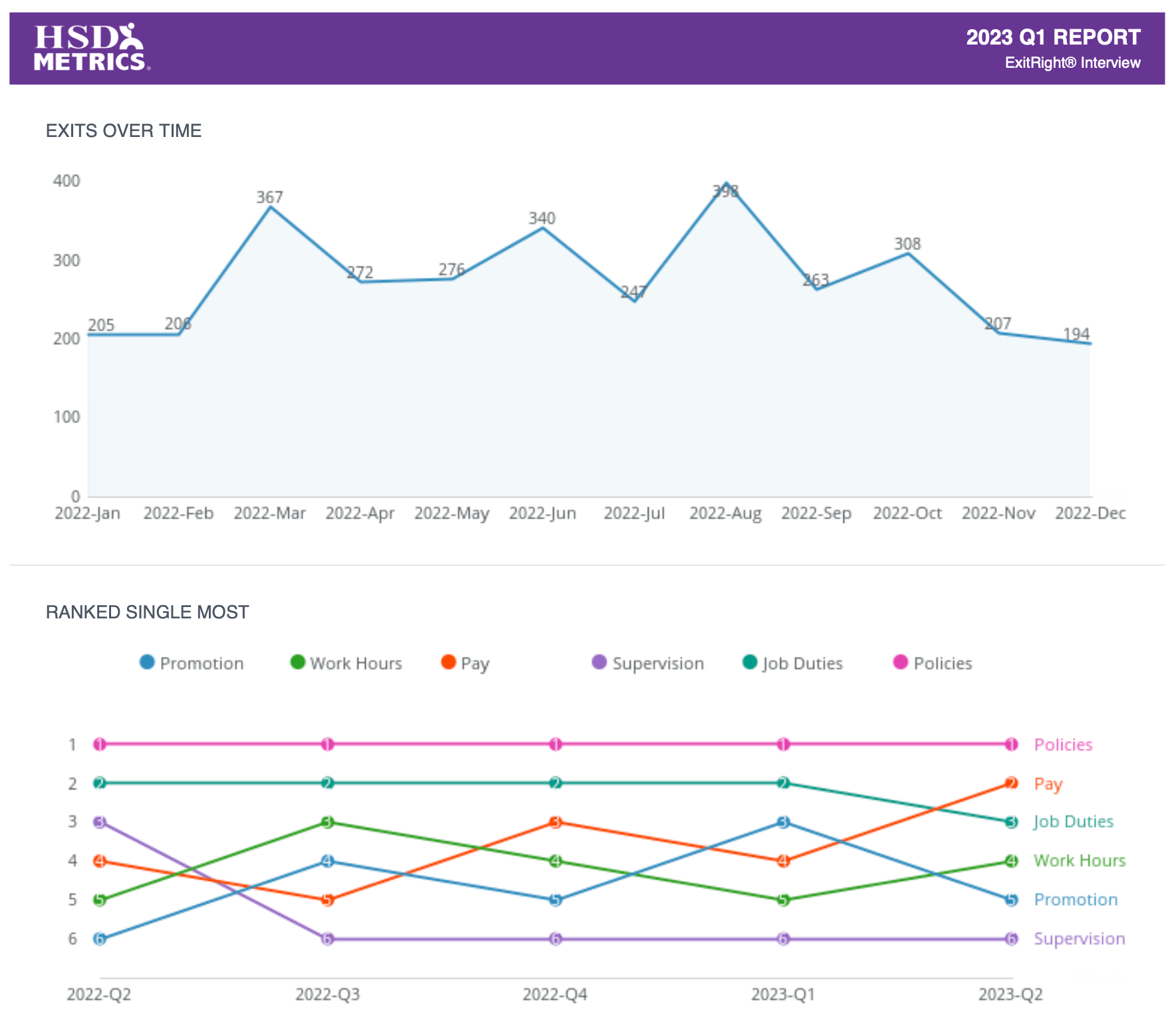Many employers are focused on collecting data because solid, accurate data can be difficult to come by, particularly for human resource professionals. But the journey from data collection to action is long and complex. Ultimately, the key to a successful data collection program is the impact the data has on the organization. Thus, employers who want data need to be prepared to pass through several phases to see the return on investment of time and dollars. Those phases include data collection, analysis, report creation, report distribution and post-survey action. Understandably, many employers have trouble thinking beyond data collection, but each phase is important for business leaders who want to improve the employee experience. As with any change effort, the data itself will not create change.
Considerations for Sharing Employee Survey Results
Many employers fail to recognize how many positive outcomes start to germinate when a team successfully disseminates the results of an employee survey. The richness of the data is often a meaningful trigger for change, but if it is too “on the nose” it may have the opposite of the intended effect for business leaders. We will often advise clients to read comments three times. The first read may provoke shock or hurt (e.g., who is that person and why would they say that?). The second read may move the reader to frustration (e.g., we have been working on this all year but no one is behind it). The third read typically allows the business leader to accept the comments with a better perspective (e.g., well, that person has a point). How employers share the results of a survey can impact change almost as much as effective post action planning.
Share the Data on a Timely Basis
Another challenge associated with sharing the results of a survey is time. The survey team needs to consider how to analyze the data, how to filter the data, and how to build reports that are relevant and timely for the business unit leaders who can most impact change. For a human resource professional with multiple priorities, making time to build and send reports is difficult. After sending the report, it is typical that the HR professional would work with business leaders to help them process the data. By the time the business leader has received the data, read the report, understood the results, and processed ideas for change, the memory of the survey may have lost its impact for the general workforce. Associates and team members may even feel as if they made themselves vulnerable by offering input that the employer either didn’t read or read but did not see sufficient reason to act or respond. Data collection creates the foundation of an ongoing dialogue between employer and employee. The employer is telling employees that employees have opinions that the employer wants to hear. If the employer does not share results, it is akin to a friend bearing their soul only to have their friend walk away without listening or responding. If data collection has the greatest impact on listening strategy, report distribution has the greatest impact on messaging strategy. Aside from the post-survey actions themselves, how the data is distributed will determine the readiness of the organization to absorb change. Thus, it is important that employers consider the best way to analyze the data, create reports and distribute findings in an efficient and effective manner.
strong>Keys to success include:
- Start with the end in mind. Employers will want to think about report distribution at the same time they are thinking about data collection.
- Leverage automation and technology. There are survey software tools available on the market that allow survey teams to send visually engaging dashboard reports at regular intervals automatically.
- Customization. Reports that align to the generally accepted standards of reporting for the organization have a higher chance of success.
- Recognize. Everything that happens from data collection to post survey action impacts the dialogue (listening strategy) between employer and employee.
Clear and Concise Reports
Below is an example of an effective report that is automatically sent to leaders. Note that it is very short increasing the chance that the business leader will make time to read it. It is also clean and easy to read. The recipient can also interact with the data in a very manageable way using a custom cut of their business unit’s data.

We often think of communication in terms of the message and even the medium but we often do not define communication in terms of the listening and responding that is necessary to make it successful. Employers who can master the dissemination of survey results in a healthy manner will create a more positive employee experience. Thus, when approaching data collection, take time to consider how the results will be shared.

